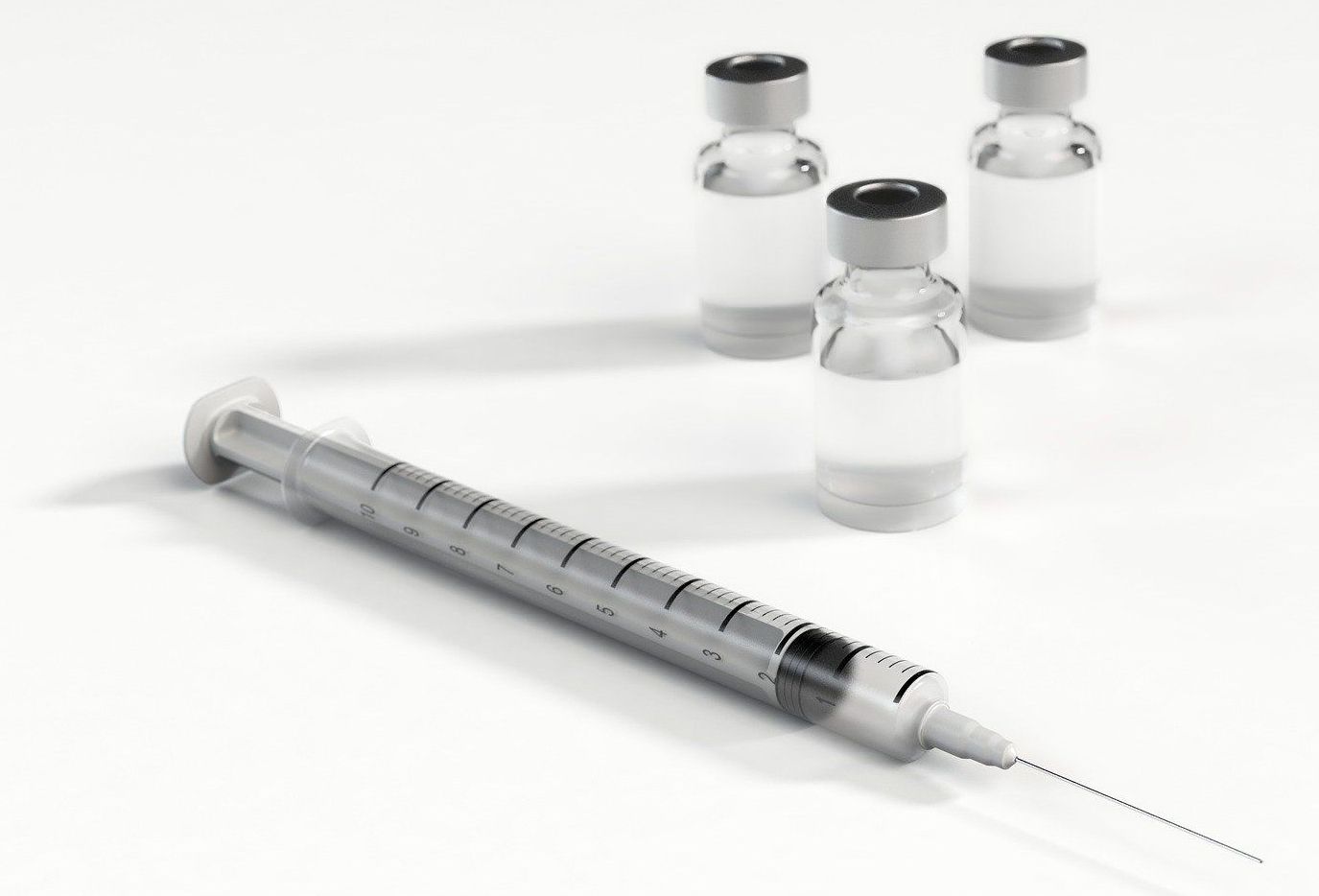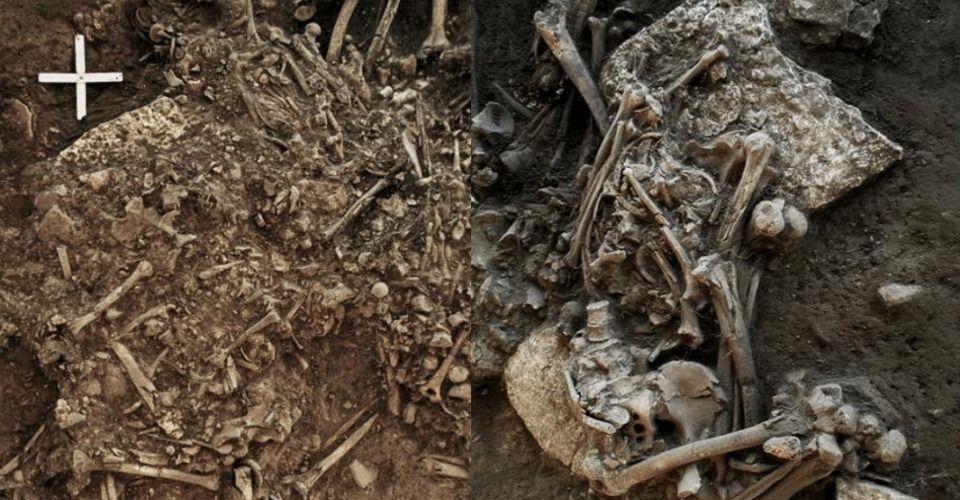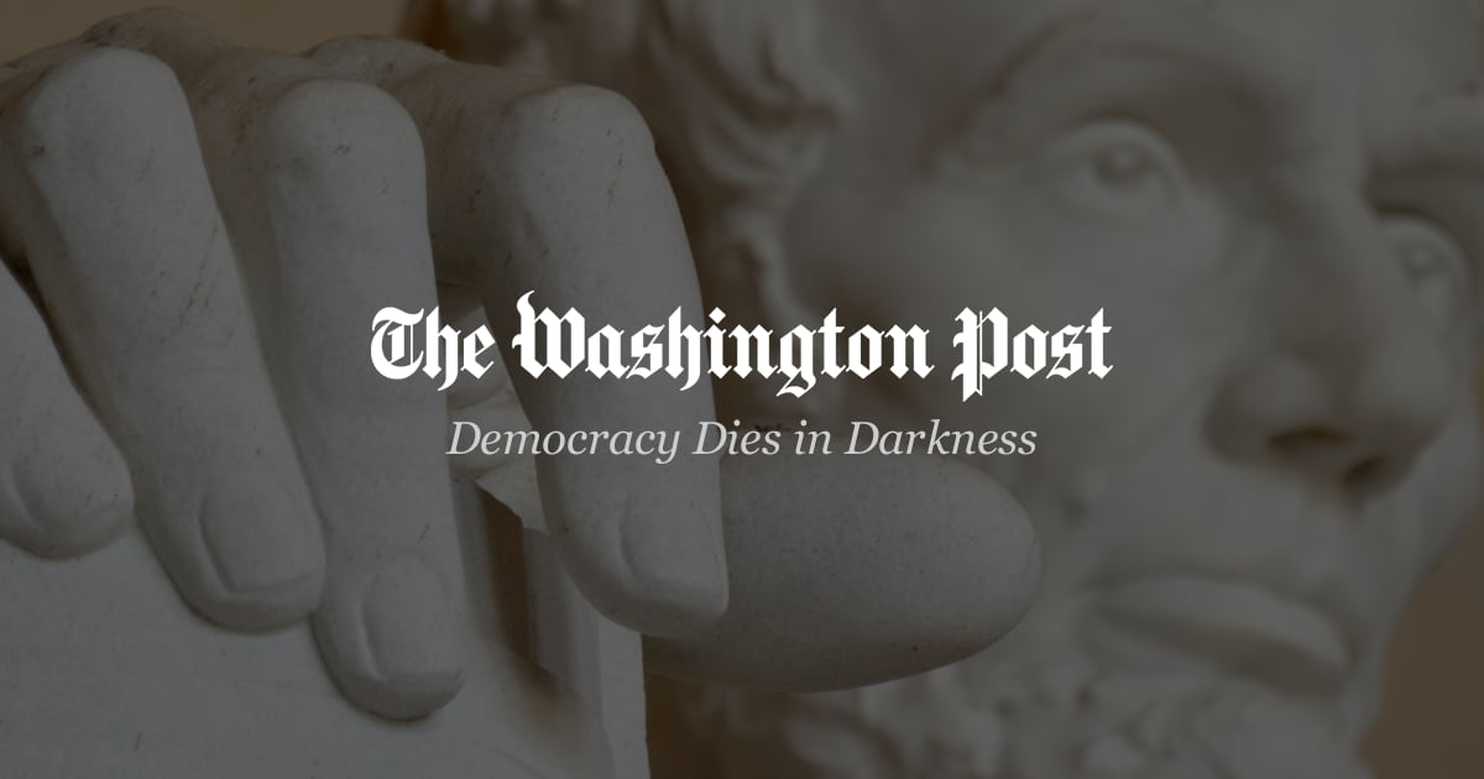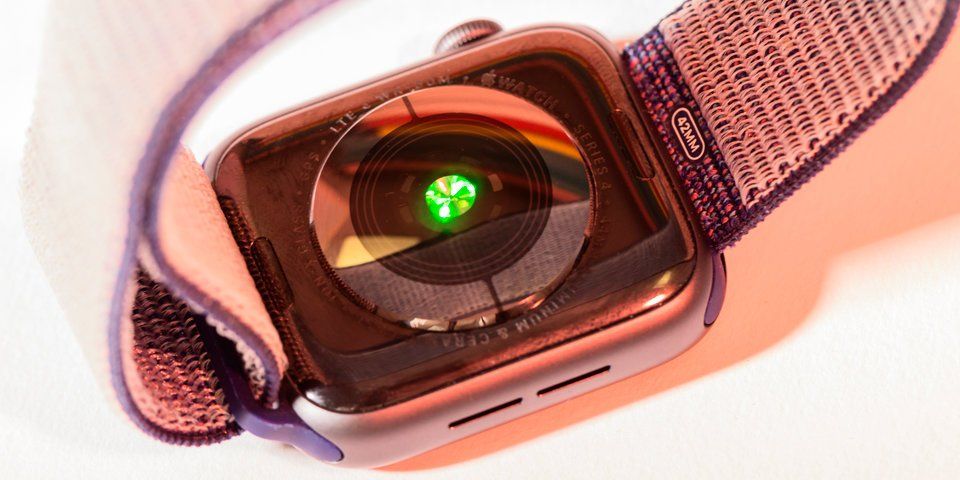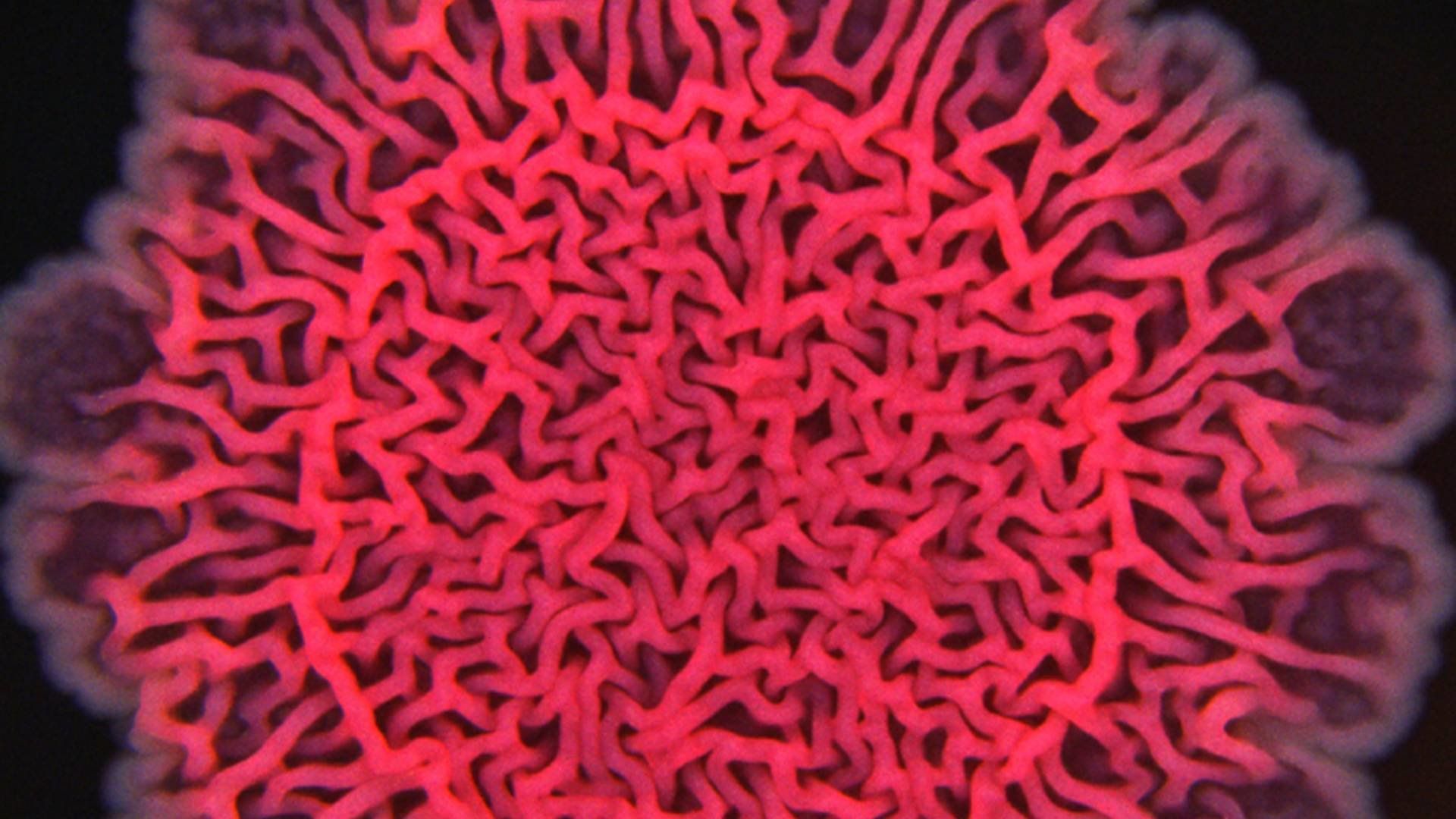Though it resembles a coral, root system, or some other kind of growth, the above photo actually depicts a six-inch-wide blood clot in the near-perfect form of the right bronchial tree of a human lung, the Atlantic reported on Thursday. Even more uncomfortable is the revelation that it was not removed by medical staff, but in fact coughed up by a patient who was suffering from heart failure.
The photo was released in late November as part of the New England Journal of Medicine’s Images in Clinical Medicine series. University of California at San Francisco doctors Gavitt A. Woodard and Georg M. Wieselthaler wrote that it came from their patient, a 36-year-old man who had long struggled with chronic heart failure. The patient reportedly had a medical history including “heart failure with an ejection fraction of 20%, bioprosthetic aortic-valve replacement for bicuspid aortic stenosis, endovascular stenting of an aortic aneurysm, and placement of a permanent pacemaker for complete heart block.” When the patient was admitted to the hospital’s intensive care unit, they hooked him up to a pump designed to help circulate blood throughout the body:
An Impella ventricular assist device was placed for management of acute heart failure, and a continuous heparin infusion was initiated for systemic anticoagulation. During the next week, the patient had episodes of small-volume hemoptysis, increasing respiratory distress, and increasing use of supplemental oxygen (up to 20 liters delivered through a high-flow nasal cannula). During an extreme bout of coughing, the patient spontaneously expectorated an intact cast of the right bronchial tree.

